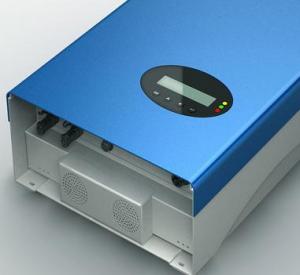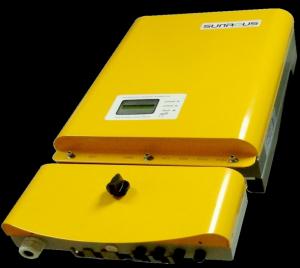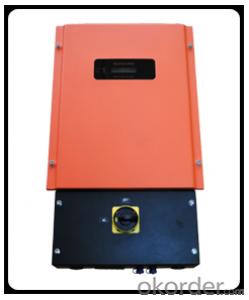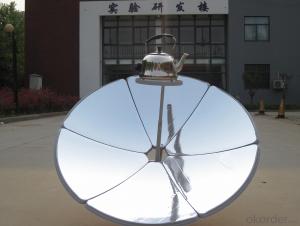Ever Solar Inverter Manual
Ever Solar Inverter Manual Related Searches
Solar Inverter User Manual Solar Pump Inverter Manual Solar Inverter Service Manual Tesla Solar Inverter Manual Solar Edge Inverter Manual Ever Solar Inverter Abb Solar Inverter Manual One Solar Inverter Manual Aurora Solar Inverter Manual Solis Solar Inverter Manual Delta Solar Inverter Manual Abb Uno Solar Inverter Manual Growatt Solar Inverter Manual T Solar Inverter User Manual Sma Solar Inverter Manual Mppt Solar Inverter Manual Tmeic Solar Inverter Manual Mpp Solar Inverter Manual Fronius Solar Inverter Manual Felicity Solar Inverter Manual Generac Solar Inverter Manual Solar Inverter Tutorial Solar Inverter Buying Guide Wind Solar Hybrid Controller Manual Solar Inverter Configuration Solar Inverter Installation East Solar Inverter Install Solar Inverter Solar Inverter Package Solar Inverter DetailsEver Solar Inverter Manual Supplier & Manufacturer from China
Ever Solar Inverter Manual is a comprehensive guide that covers the specifications, installation, and operation of Ever Solar's range of inverters. These inverters are designed to convert solar energy into usable electrical power, making them essential components in solar power systems. They are widely used in residential, commercial, and industrial settings where solar energy is harnessed to reduce reliance on traditional power sources and promote sustainability.The Ever Solar Inverter Manual provides detailed information on the various models of inverters offered by the company, including their technical specifications, performance capabilities, and compatibility with different solar panel systems. This manual is crucial for installers, technicians, and users who need to understand the intricacies of these inverters to ensure optimal performance and efficiency in their solar power applications. The manual also includes troubleshooting tips and maintenance guidelines to help users keep their inverters in top working condition.
Okorder.com is a leading wholesale supplier of Ever Solar Inverter Manual, offering a vast inventory of these manuals to cater to the needs of businesses and individuals involved in the solar energy industry. By partnering with Okorder.com, customers can access a wide range of Ever Solar Inverter Manuals at competitive prices, ensuring that they have the necessary resources to support their solar power projects. This partnership also enables Okorder.com to provide prompt and efficient service, ensuring that customers receive their manuals quickly and reliably.
Hot Products


















































